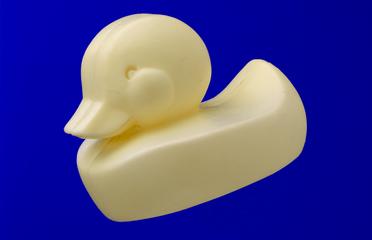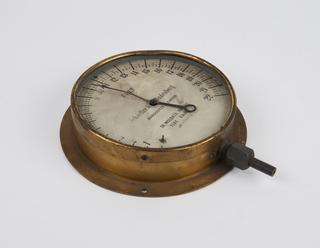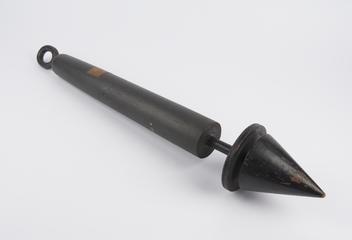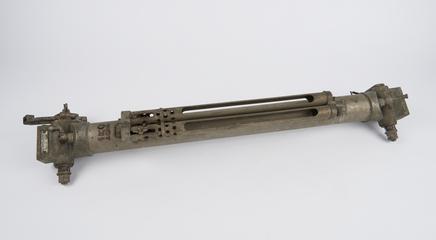
Half-size model of 'deep-sea clamm’ sampler designed by Captain John Ross
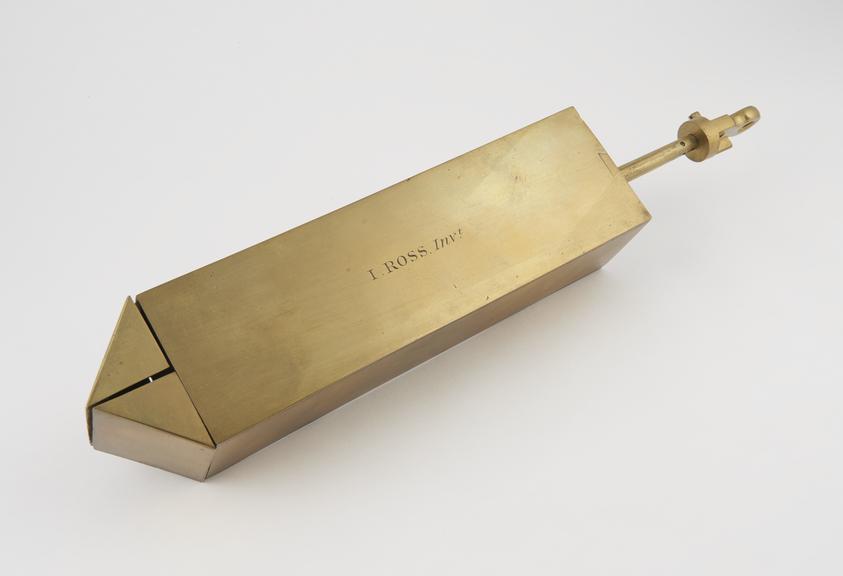
Half-size model of a 'deep-sea clamm’ sounder and sampler designed by Captain John Ross for the collection of seabed samples during the voyage of HMS Isabella to the Arctic in 1818, Admiralty Hydrographic Department, UK, 1818-1876. The model is inscribed ‘I. Ross. Invt.’ Ross used the sounder in Baffin Bay and Melville Sound.
HMS Isabella was one of four ships despatched towards the Arctic by the British Admiralty in 1818. Captain John Ross was ordered to sail west of Greenland, through Davis Strait, and look for an open seaway – the Northwest Passage – that would allow them to pass along the northern edge of the American continent. The ships were equipped with a range of instruments for magnetic, meteorological and gravity observations; the Admiralty instructed that Ross ‘also endeavour to ascertain the set and direction of the currents, depth of the sea and nature of the bottom, and take up several samples of seawater’.
Ross found some of the equipment supplied unsatisfactory, and designed several new instruments during the voyage. The clamm sounder was designed to recover a large quantity of bottom sediment. It was made by the ships’ armourer from iron, in contrast to this half-size model of brass.
The claw was kept open by hinged arms inside, and whilst open a spike connected with the arms projected below the claw. On striking bottom the spike forced the arms up, releasing the outer case. As the claw closed the case slid down and the contents in the claw were secured.
Ross found that samples collected with the sounder preserved the temperature of the sea bed, so that by thrusting a thermometer into the mass when it was brought up onto the deck he could discover the coldness of the bottom of the ocean basin.
On several occasions Ross brought up bottom-dwelling creatures from depths greater than were thought habitable. Despite this, the theory of an ‘azoic’ zone (below which life could not survive) persisted amongst zoologists for decades after the voyage.
Details
- Category:
- Oceanography
- Object Number:
- 1876-831
- Materials:
- brass (copper, zinc alloy)
- Measurements:
-
overall: 63 mm x 430 mm x 110 mm, , 2.435kg
- type:
- mechanicals sounder, sea sampler and model (representation)
- credit:
- Admiralty Hydrographic Department

